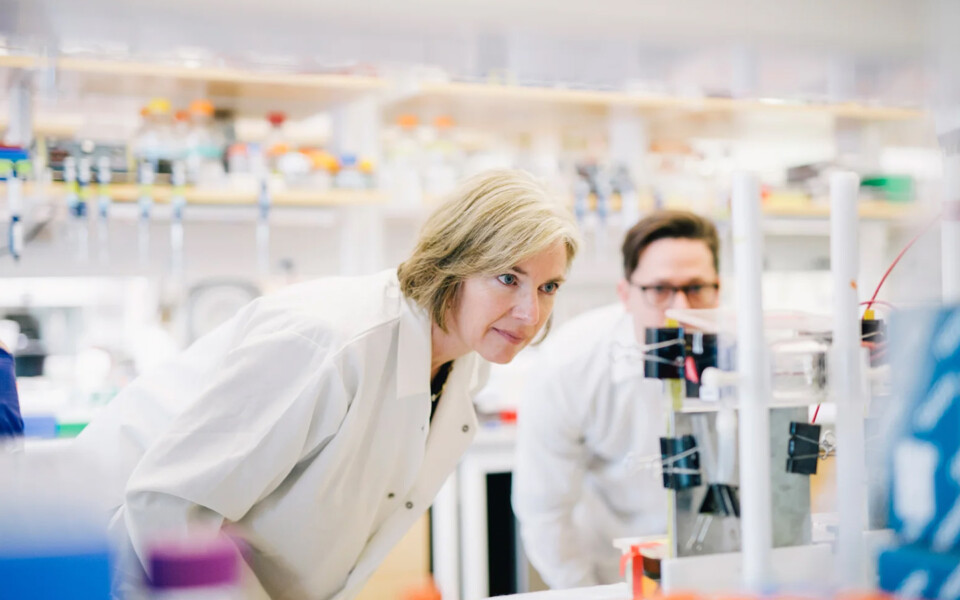How Jennifer Doudna’s Life Has Changed Since Discovering CRISPR 10 Years Ago
Jennifer Doudna was staring at a computer screen filled with a string of As, Cs, Ts, and Gs—the letters that make up human DNA—and witnessing a debilitating genetic disease being cured right before her eyes. Just a year earlier, in 2012, she and microbiologist Emmanuelle Charpentier had published a landmark paper describing CRISPR-Cas9, a molecular version of autocorrect for DNA, and she was seeing one the first demonstrations of CRISPR’s power to cure a human disease. She was in the lab of Dr. Kiran Musunuru, a Harvard researcher who was eager to show her the results from an experiment he had just finished using CRISPR to treat the blood cells from a patient with sickle cell anemia. What the analysis revealed was something that few scientists had seen before: after using CRISPR, the mutation responsible for causing the patient’s sickle cell anemia was no longer detectable.
It was a thrilling validation of Doudna’s work as a co-discoverer of CRISPR, a technology that allows scientists to edit the DNA of any living thing with a precision that had never before been possible. In the case of sickle cell anemia, CRISPR spliced out a single aberrant letter from the 3 billion base pairs of DNA in a patient’s cells. With the mutated letter gone, the cells would, presumably, start forming healthy red blood cells that carry oxygen instead of the harmful versions that make the disease so painful for the 100,000 people living with the condition in the U.S.
“That was the moment when it really hit me that these patients wouldn’t have disease anymore,” Doudna says. “The concept of curing diseases that in the past were manageable at best was really a turning point.”
It has been 10 years since Doudna and Charpentier published the first paper describing the technology. During that decade, CRISPR has driven innovative thinking in nearly every aspect of life on earth. Scientists and companies are testing CRISPR not just to treat human disease, but also to improve plant crops and alter the populations of microbes in livestock that contribute to greenhouse gasses due to their methane emissions and ultimately to climate change. Drought and pesticide resistance, more carbon-friendly livestock, and lower-emission populations of gut microbes are all possible with CRISPR.
But those are its beneficial applications. As with any cutting-edge technology, the power to edit genomes has a dark side. While it holds promise for curing intractable genetic diseases, it could potentially also be used to impart certain traits, like eye color, hair color, intelligence, or specific physical attributes, which could then be passed on to future generations. Potential applications to cells like eggs, sperm, and embryos—where the changes can be inherited—keep Doudna up at night. She has spent the past decade evolving her own thinking about her role as a scientist and as the co-discoverer of an awesome technology that snatches the power of evolution out of the hands of nature and places it squarely in the unprepared arms of humankind.


